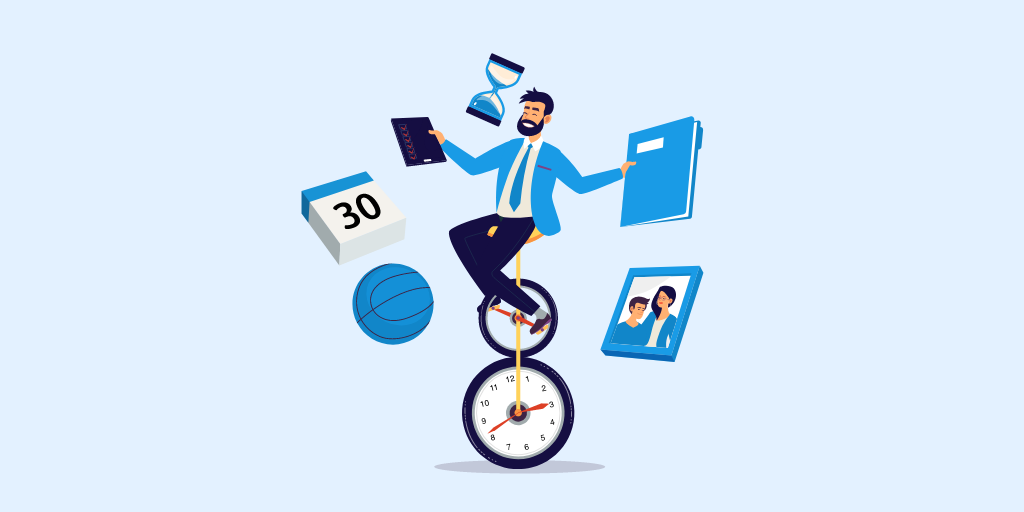Employee experience is not a brand new concept. But, like several other things, it has changed in the pandemic-ridden year of 2020. The way people work has changed and organizations have been forced to revamp their strategies to deliver a favourable employee experience to a remote workforce.
Tech giants have announced WFH (which stands for work from home, in case you still didn’t know!) right up till July 2021. Hence, remote working is here to stay at least for a while. And, this will bring with it a set of unique challenges in terms of employee experience.
So, how exactly is employee experience expected to change in 2021? And, what are the 5 major challenges to be prepared for? Read on to find out.
A high percentage of remote working employees
Around 56 percent of the non-self-employed U.S workforce has job profiles that are compatible with a WFH scenario. Even before the pandemic, several employees preferred working from home for at least a part of the week. With the pandemic forcing everyone to work from home, the entire workforce knows it is now possible to be at home and still be productive.
In 2021, it will be essential for managers and organizations to be a lot more flexible regarding remote working options and make sure employees are not forced to come to work on all days. Whether you’re looking at employee retention or employee acquisition, the option for remote working will decide whether or not you attract and retain talent.

A culture of trust over everything else
Micromanagement was never cool. But, remote working has made it even easier for employees to slither right out of the clutches of over-controlling managers. Keeping a watch on employee hours and checking up on them every hour is a thing of the past. Especially considering that the workforce has proven they are capable of performing well when left to their own devices.
Organizations will need to remember this and instill it into their culture. You could be paying very well, but asking employees to be online the whole time and having low regard for their autonomy might be a sure shot way to lose employees soon.

Workspace cost becomes an employee liability
Homes are now workspaces. Understandably, the cost and liability for maintaining the workspace have shifted on to the employees as opposed to the employer. It is thereby important to ensure employees do not feel like they’re spending all they’re earning on maintaining computers and ensuring internet access. Reimbursements and allowances might be of the essence when it comes to ensuring employees do not feel like this liability is too much to take.
Several countries have already started taking measures to help employees pay for all the extra coffee, electricity, and internet costs they’re incurring. Making this a part of the regular system will require a policy overhaul for most organizations. However, given the fact that Forester predicts a 300% increase in remote working, this is a policy change that needs to be made very soon.

Increased demand for collaboration tools
One major disadvantage of the remote working scenario is the complete lack of water cooler banter. It has been dearly missed by a majority of the workforce. Even the most introverted of the employees enjoy an occasional break around the coffee machine. If studies are to be believed, such socializing might have an important role in the upkeep of employee productivity.
In 2021, it will be essential to ensure teams are given access to enough collaboration tools, such as Slack and WebEx or anything from this list, so they do not feel the lack of socialization. While water cooler banter is not the only aim of a collaboration tool, such chats are an important part of a positive employee experience. So, make sure this is made a part of your remote work culture.

The need for attention to mental health
Sadly, it took us a pandemic to prioritize the mental health of our employees. But, now that we’re here we will have to keep at it. Research says that happy people are more productive. Now, even though the definition of happiness varies for every individual, being in a positive mental space is a common goal.
In 2020, there has been a considerable rise in the emphasis on employees’ mental health. Organizations have already started to put policies in place to ensure it remains a priority. From finding ways to check in on employees at regular intervals to encouraging wellness programs, the workplace will be expected to invest majorly in mental health initiatives. We are not very far from the day when employee mental health becomes an intrinsic part of employee experience

With that, we wrap up the list of challenges related to employee experience that 2021 will bring in. The list, though, is ever-changing and evolving. This year has taught us that the ability to embrace change is crucial to staying afloat. Workplaces are no exception to that. We, at LeenaAI, are here to help you keep up with the ever-changing employee experience space and to ensure you are always on your best game when it comes to employee engagement.
Here’s to all the lessons that 2020 has taught us about our workplace and workforce. Let’s make sure we remain agile and adaptable in 2021, and further.







2 Comments